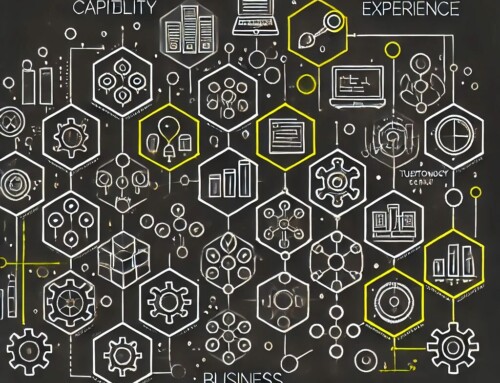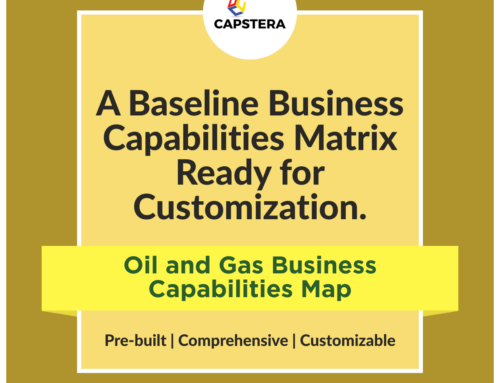Predictive analytics, a paradigm that combines advanced analytics capabilities with predictive models, has been transforming decision-making processes across various industries. By leveraging historical and current data, predictive analytics forecasts future probabilities and trends, allowing organizations to make informed, proactive decisions. This comprehensive article explores the multifaceted applications of predictive analytics through real-world case studies, highlighting its impact and potential in different sectors.
Predictive Analytics Use Cases
1. Healthcare: Enhancing Patient Care and Management
Predictive analytics in healthcare is revolutionizing patient treatment and hospital management. It involves using patient data to predict health risks, treatment outcomes, and hospital readmission probabilities. For instance, Johns Hopkins Hospital implemented a predictive model that reduced sepsis mortality rates by 20%. This approach involves analyzing patient medical records, lifestyle factors, and real-time health data to anticipate health issues before they become critical, thereby enabling timely interventions and personalized care.
2. Retail: Revolutionizing Customer Experience
In the retail industry, predictive analytics plays a vital role in personalizing customer experiences and optimizing inventory management. Companies like Amazon and Target use customer data—purchase history, browsing patterns, and preferences—to predict future buying behavior and stock products accordingly. Amazon’s recommendation system, which accounts for a substantial portion of its sales, exemplifies the power of predictive analytics in driving sales and enhancing customer satisfaction.
3. Banking and Finance: Credit Risk and Fraud Detection
In the banking and finance sector, predictive analytics is crucial for assessing credit risk, detecting fraud, and personalizing financial services. Financial institutions use credit scoring models to evaluate loan and credit card applications, reducing the risk of defaults. For instance, American Express uses predictive models to detect fraudulent transactions with over 35% more accuracy than traditional methods. This proactive approach safeguards customer assets and enhances trust in financial systems.
4. Manufacturing: Predictive Maintenance and Efficiency
Predictive analytics in manufacturing focuses on predictive maintenance, quality control, and supply chain optimization. By analyzing machine performance data, manufacturers like Siemens and Bosch predict equipment failures before they occur, minimizing downtime and maintenance costs. This proactive maintenance can lead to a reduction in unplanned outages by up to 50%, significantly improving operational efficiency and product quality.
5. Transportation and Logistics: Optimizing Operations
In transportation and logistics, predictive analytics optimizes route planning, fleet management, and delivery schedules. UPS, for instance, saved millions of dollars and improved efficiency by implementing its predictive analytics system, ORION, to optimize delivery routes. This system analyzes traffic patterns, weather conditions, and package delivery data to determine the most efficient routes, reducing fuel consumption and delivery times.
6. Agriculture: Improving Crop Yield and Resource Management
Predictive analytics in agriculture aids farmers in making informed decisions about planting, irrigation, and harvesting. By analyzing data on weather patterns, soil conditions, and crop health, predictive models can optimize resource use and increase crop yields. Companies like Monsanto use these analytics to provide farmers with insights that lead to a 10-20% increase in crop yields while minimizing environmental impact.
7. Energy Sector: Balancing Demand and Supply
In the energy sector, predictive analytics is used to forecast energy consumption patterns, manage grid operations, and integrate renewable energy sources effectively. Energy providers like Duke Energy use predictive models to anticipate demand spikes and adjust supply accordingly, ensuring grid stability and energy efficiency. This approach not only optimizes energy distribution but also aids in planning for sustainable energy practices.
8. E-Commerce: Enhancing Inventory and Supply Chain Management
In e-commerce, predictive analytics plays a critical role in inventory management and supply chain optimization. By predicting consumer demand trends, companies can maintain ideal inventory levels, thus reducing storage costs and improving customer satisfaction. For example, Alibaba uses predictive models to forecast product demand, which helps in maintaining an efficient supply chain, reducing overstocking or stockouts. Such practices can lead to a reduction in inventory holding costs by up to 25%, significantly impacting the bottom line.
9. Cybersecurity: Anticipating and Mitigating Risks
The field of cybersecurity increasingly relies on predictive analytics to anticipate threats and vulnerabilities. Using data from past security breaches and current network activity, predictive models can identify potential security threats before they materialize. Companies like Cisco and Symantec use these techniques to detect unusual patterns that could indicate a cybersecurity threat, thereby enabling proactive measures to protect data and systems.
10. Marketing and Advertising: Targeting and Personalization
In marketing and advertising, predictive analytics helps companies understand consumer behavior, optimize marketing campaigns, and enhance customer engagement. By analyzing consumer data, companies can predict buying patterns and preferences, tailoring their marketing strategies to individual needs. Coca-Cola, for instance, uses predictive analytics to tailor its marketing efforts, leading to more effective campaigns and a higher return on investment.
11. Real Estate: Market Analysis and Investment Strategies
Predictive analytics in real estate enables investors and agents to make better-informed decisions about property investments and pricing strategies. By analyzing market trends, demographic data, and economic indicators, predictive models can forecast property values and identify lucrative investment opportunities. Zillow’s “Zestimate” is a notable example, using predictive analytics to provide estimated market values for millions of homes.
12. Sports: Performance Optimization and Talent Scouting
In the sports industry, predictive analytics is used for player performance optimization, injury prevention, and talent scouting. Teams analyze player data to optimize training, identify potential injury risks, and enhance game strategies. The NBA, for instance, uses player tracking data to improve team performance and strategies, leading to a more competitive and engaging sport.
13. Education: Enhancing Learning Outcomes and Institutional Management
In education, predictive analytics helps in student performance tracking, curriculum development, and institutional management. Educational institutions use data on student engagement, performance, and learning patterns to tailor teaching approaches, predict student outcomes, and reduce dropout rates. For instance, Georgia State University’s use of predictive analytics has significantly reduced dropout rates and improved graduation rates.
14. Environmental Management: Predicting Climate Impact and Resource Management
Predictive analytics in environmental management is crucial for predicting climate change impacts, managing natural resources, and planning conservation efforts. By analyzing climate data, predictive models can forecast environmental changes, enabling governments and organizations to plan effective responses to climate challenges.
Predictive analytics, with its extensive applications across diverse fields, is not just a technological advancement but a paradigm shift in how we understand and shape our world. From enhancing healthcare outcomes to optimizing manufacturing processes, from personalizing retail experiences to securing cyberspace, predictive analytics is a testament to the power of data in driving progress and innovation. As technology evolves, the potential of predictive analytics will continue to expand, paving the way for a more efficient, sustainable, and data-driven future.



